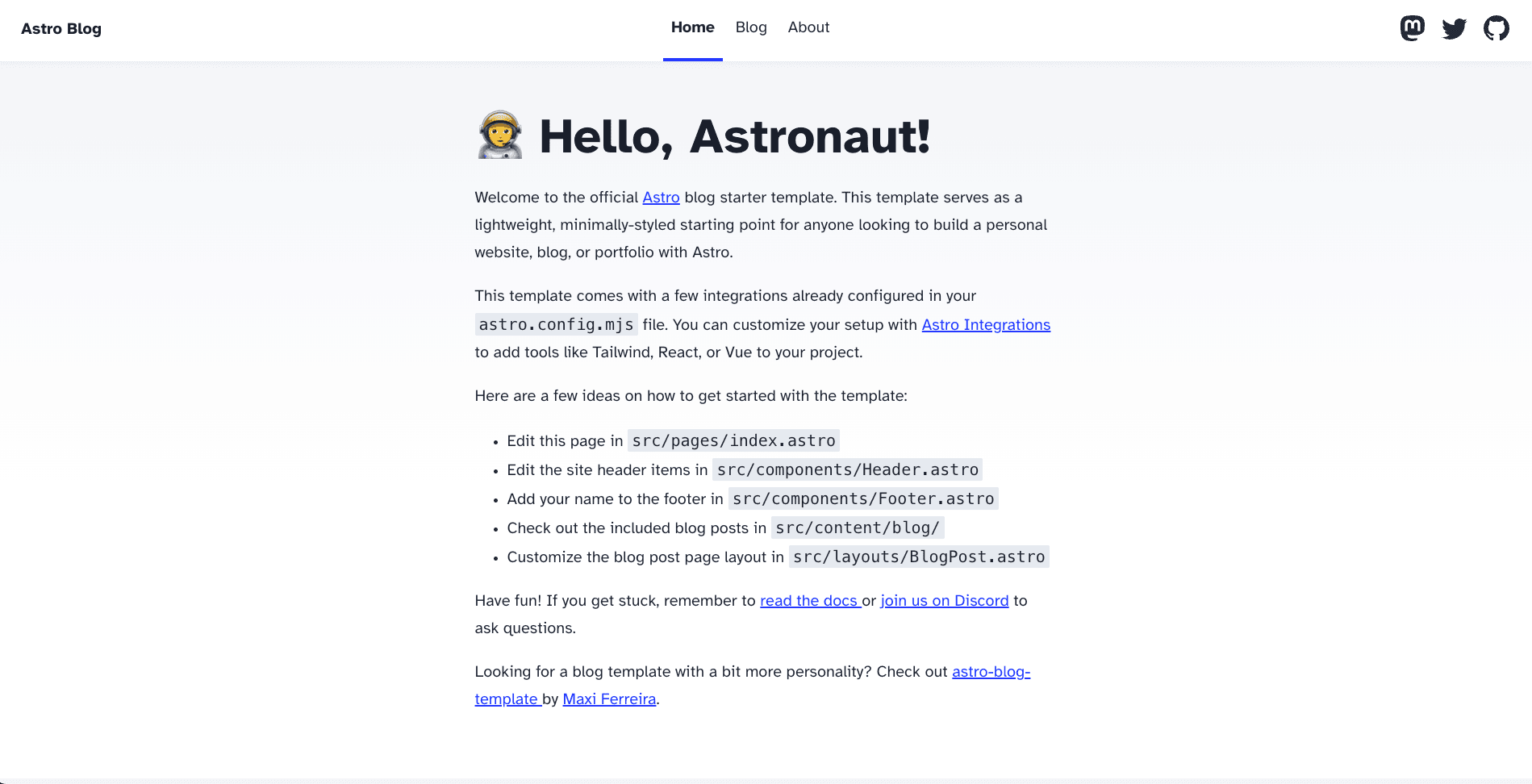Example
Multi server allows you to deploy your apps remotely to different servers without needing to build and run them where the Dokploy UI is installed.
Requirements
-
To install Dokploy UI, follow the installation guide.
-
Create an SSH key by going to
/dashboard/settings/ssh-keysand add a new key. Be sure to copy the public key.
-
Decide which remote server to deploy your apps on. We recommend these reliable providers:
- Hostinger Get 20% off with this referral link.
- DigitalOcean Get $200 credits for free with this referral link.
- Hetzner Get €20 credits with this referral link.
- Linode.
- Vultr.
- Scaleway.
- Google Cloud.
- AWS.
-
When creating the server, it should ask for SSH keys. Ideally, use your computer's public key and the key you generated in the previous step. Here's how to add the public key in Hostinger:

-
Copy the server’s IP address and ensure you know the username (often
root). Fill in all fields and clickCreate.
-
To test connectivity, open the server dropdown and click
Enter Terminal. If everything is correct, you should be able to interact with the remote server. -
Click
Setup Serverto proceed. There are two tabs: SSH Keys and Deployments. This guide explains the easy way, but you can follow the manual process via the Dokploy UI if you prefer.
-
Click
Deployments, thenSetup Server. If everything is correct, you should see output similar to this:
You only need to run this setup once. If Dokploy updates later, check the release notes to see if rerunning this command is required.
-
You're ready to deploy your apps! Let's test it out:

-
To check which server an app belongs to, you’ll see the server name at the top. If no server is selected, it defaults to
Dokploy Server. ClickDeployto start building your app on the remote server. You can check theLogstab to see the build process. For this example, we’ll use a test repo:
Repo:https://github.com/Dokploy/examples.git
Branch:main
Build Path:/astro
-
Once the build is done, go to
Domainsand create a free domain. Just clickCreateand you’re good to go! 🎊
